by Brian Hoke
Our legs were made for transportation. To get from place to place we have a well-designed system for locomotion, but just like other means of transportation like our cars, we need regular maintenance to keep things running smoothly. We suggest the following simple tips to keep your legs and feet properly “tuned up”.
Improve Calf Muscle Flexibility
The calf muscles in the back of our lower leg (gastrocnemius and soleus) are a very powerful muscle group, able to lift our entire body weight such as when you rise up onto the ball of the foot when standing. With this strength comes an inherent tendency to develop tightness. This occurs when we spend a long time with the foot pointed downward (such as when we sleep) and when we sit for long periods since this group is not stretched full with the knee bent.
If the calf muscle is too tight, we may make up for this tightness through “false motion” in the arch area of the foot. This is familiar to people who have heel or arch pain who hurt when they try to take their first steps in the morning.
Stretching this muscle can be accomplished by actively pulling the foot up with the knee straight, then adding additional stretch with a non-elastic strap or belt. As the stretch is applied, the foot should be turned slightly inward.
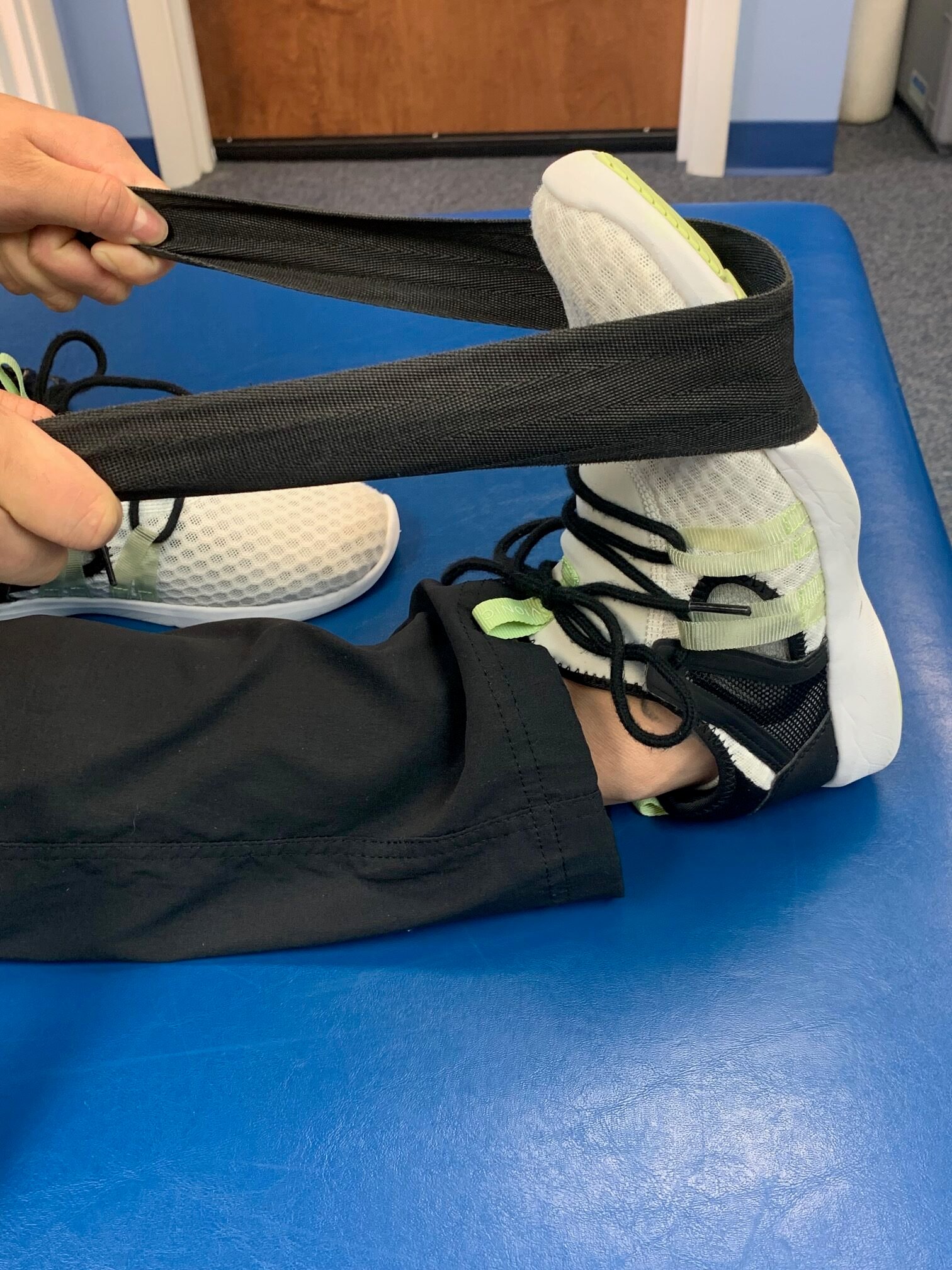
Get Proper Sizing for Footwear
Research has shown that improper shoe fit is directly related to shoe fit. In a summary of recent studies on this topic, it was found that 63-72% of those measured were wearing the wrong size shoe. In addition, our shoe size does not remain constant over the course of our life. With each year, the arch gets progressively lower and as this occurs, the foot gets longer. In addition, the forefoot region gets wider.
There are tools used by shoe retailers to assist in monitoring our correct shoe size and width. The Brannock device shows us the correct width and length of proper fitting footwear.
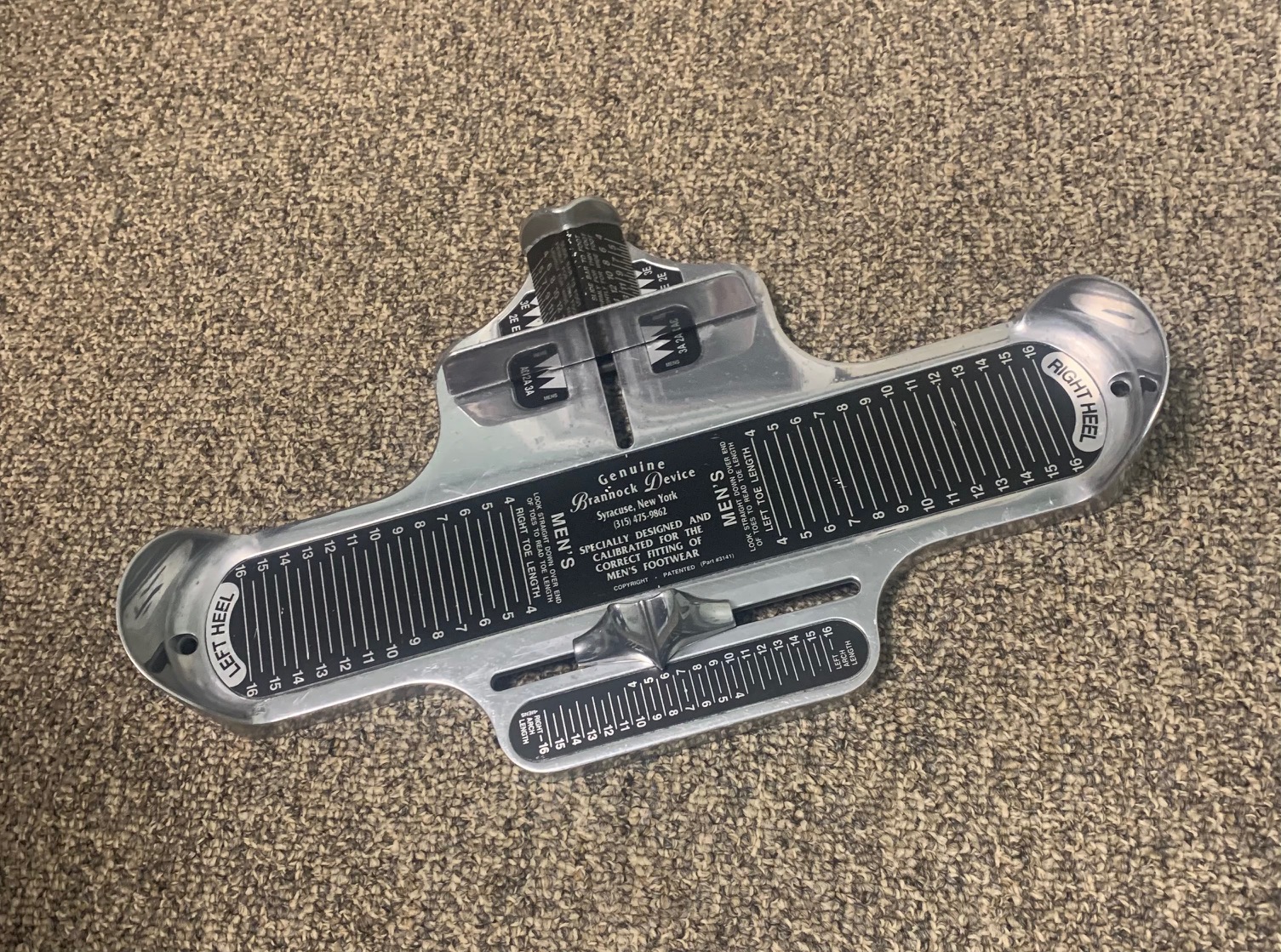
Unfortunately there is not strict adherence to the sizing standards, so one might achieve the proper fit with a size 7 in one brand and a 7 ½ in another brand. It is recommended that we have our feet measured at least every two years to confirm that we are wearing the correct size. If this is not available, we can also look at the insole of a shoe we have worn for a while. There should be 1/4 ” to 3/8 ” of space beyond the end of our longest toe (which may not be our big toe).
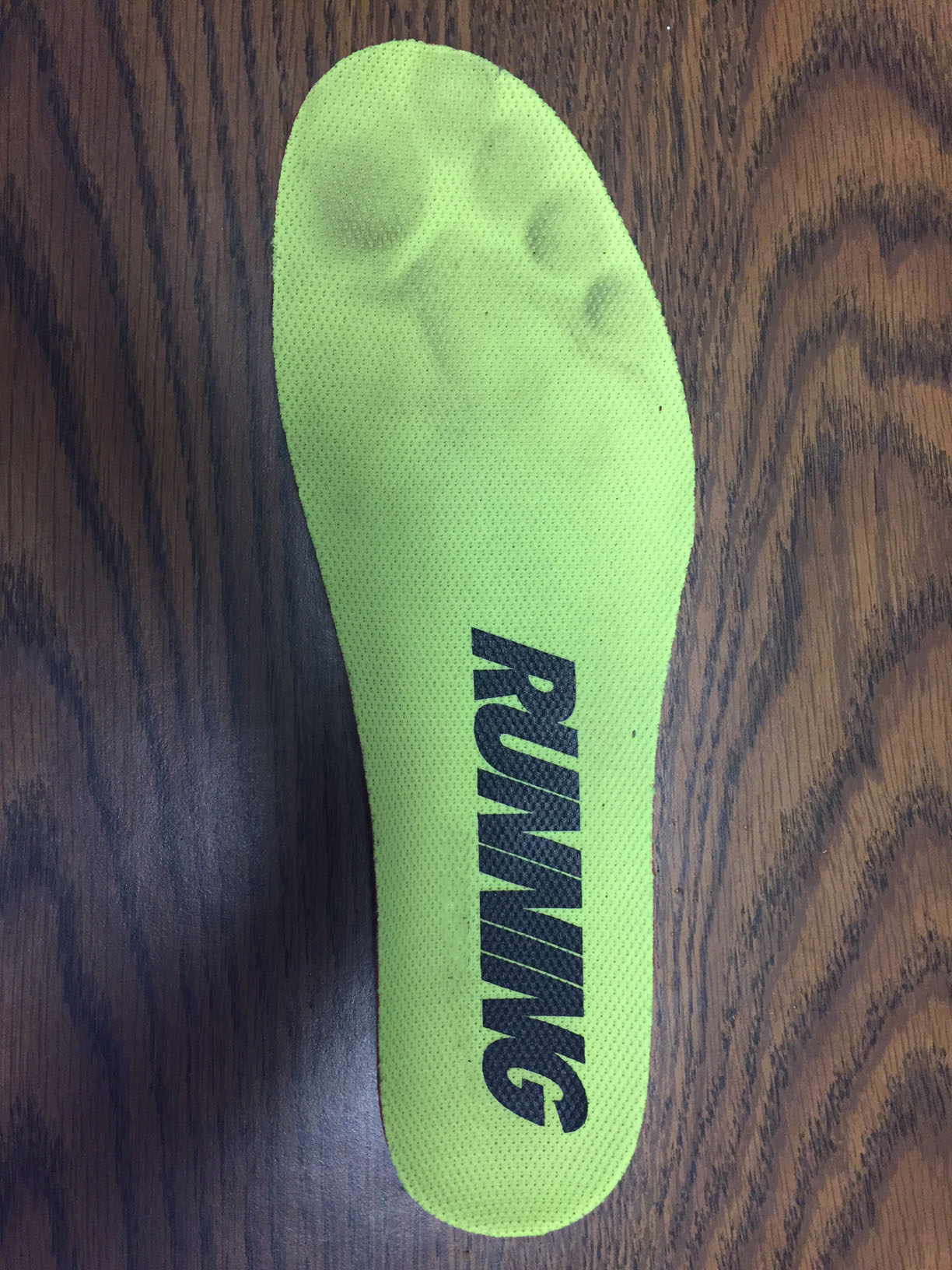
Strengthen the Arch Muscles
There are five layers of muscle on the bottom of our feet. These muscles provide dynamic support to the arch and also provide shock absorption for the impact forces as we stand and walk. They also function to bend the toes downward. We can strengthen these muscles by bending the toes downward against resistance, such as this suggested exercise with exercise bands. Do 10-15 repetitions of this per set, and do 3 sets every other day.
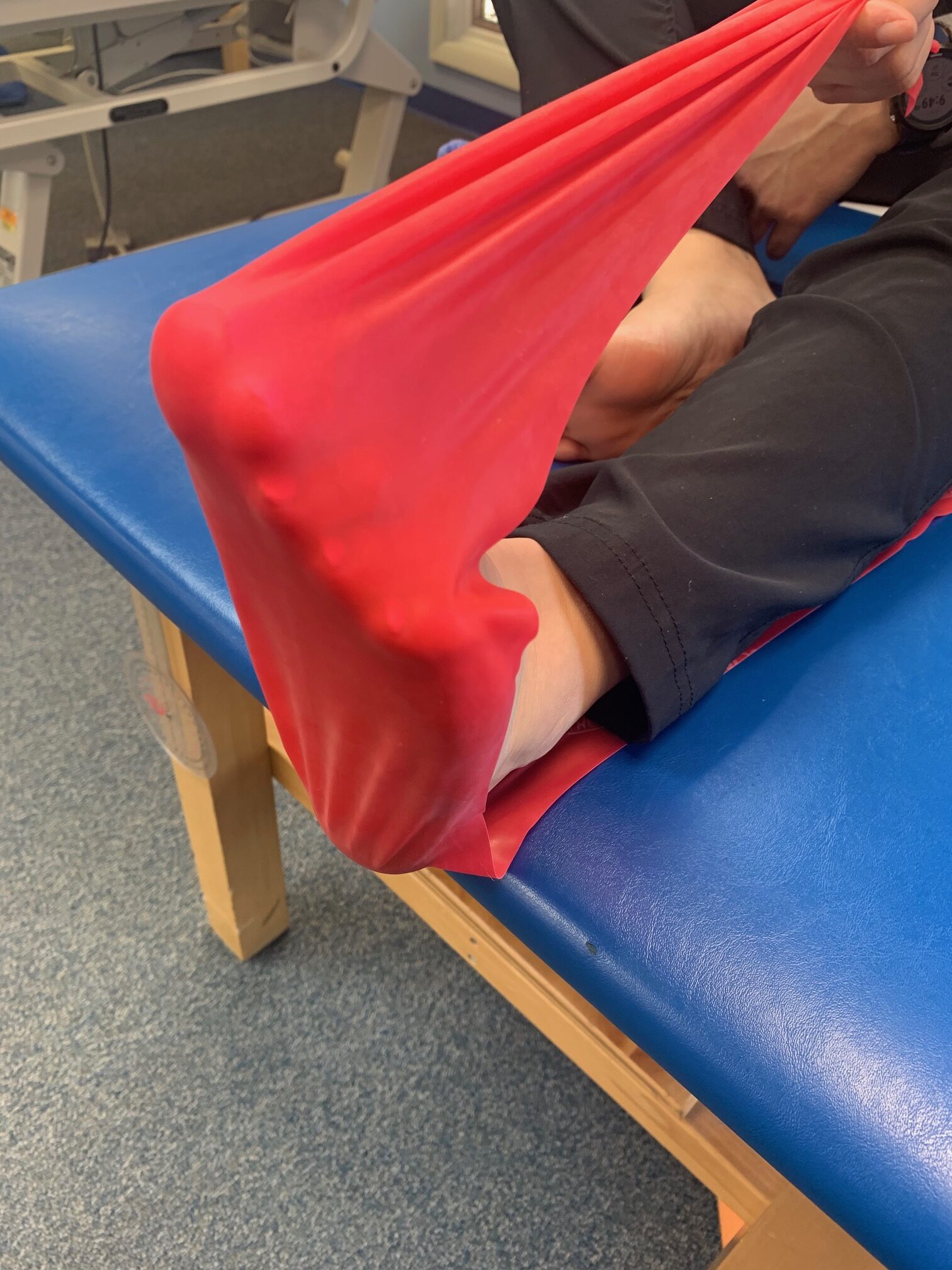
Pay Attention to Insoles
The outside appearance of our shoe is very important in our decision of what shoes we buy. Often overlooked or underrated is the inner construction of the shoe which greatly affects our comfort and foot health. The bottom of our foot has natural curves, but the insole of many shoes is flat and fails to match these curves.
When considering shoes for purchase or evaluating what is in our closet, look for an insole that matches the natural contours of the foot. The more congruent the insole is with our foot, the better the shoe will disperse the forces and pressure when we are on our foot.
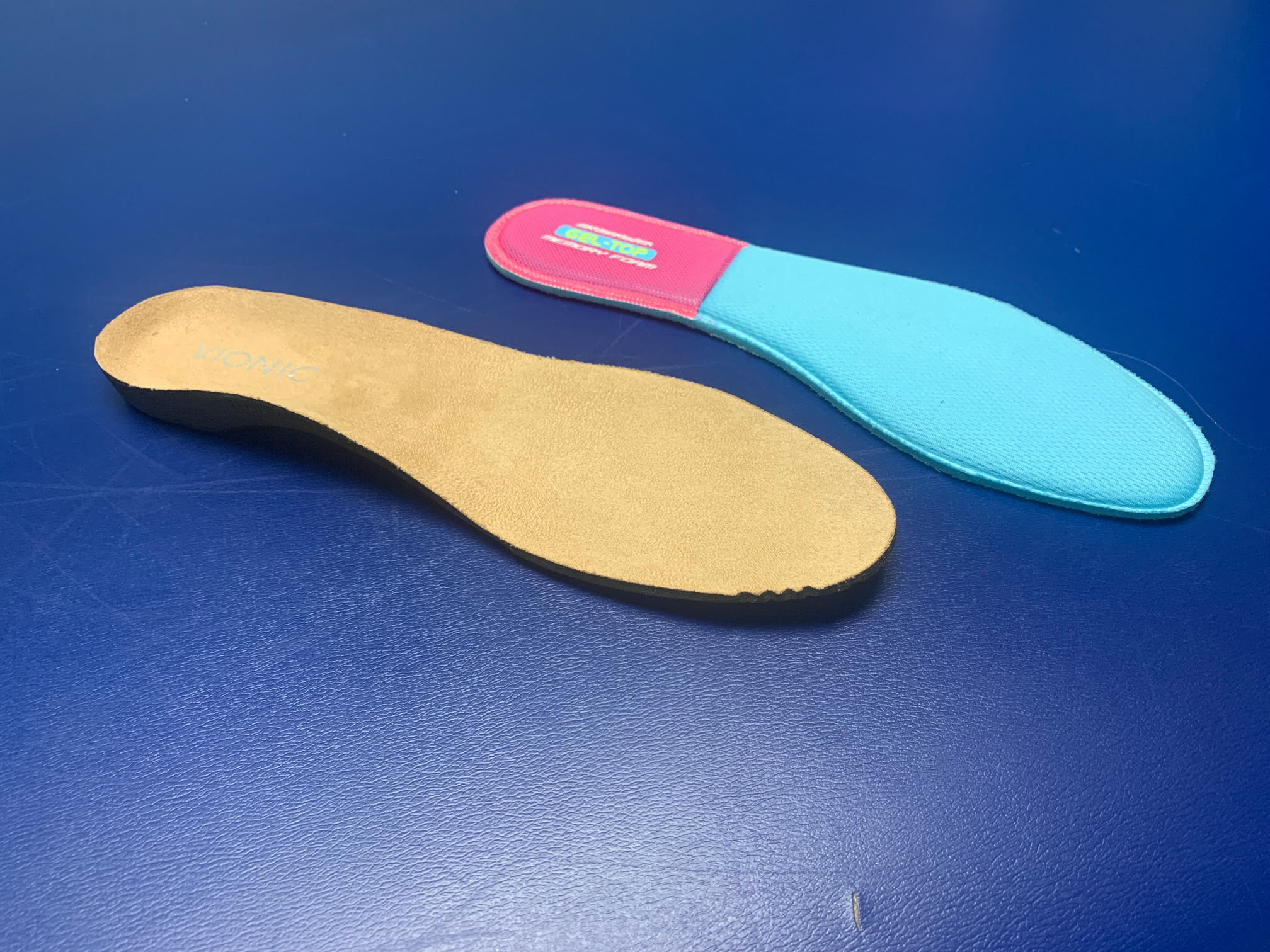
When the insole can be removed from the shoe, we can better evaluate how well it matches up to the natural shape of our foot. Removing the insole also enables us to substitute a flat factory insole with a better constructed over the counter insole or custom insoles known as orthotics.
Tune up the Leg Muscles
We have mentioned the importance of the calf muscles, and in addition to this powerful muscle group, we also have other muscles that can assist in supporting our legs and feet. There are four basic directions that we can use to tune up these important muscles: up, down, in, and out.
Strengthening these muscles is quite simple. We begin by rising up on the balls of our feet, then reversing and lifting up our toes off the floor. Be careful as you are lifting up your toes since your weight will naturally go backward as you do this. We should repeat this cycle of movement 10-15 times per set, and then repeat this cycle 3 times every other day.
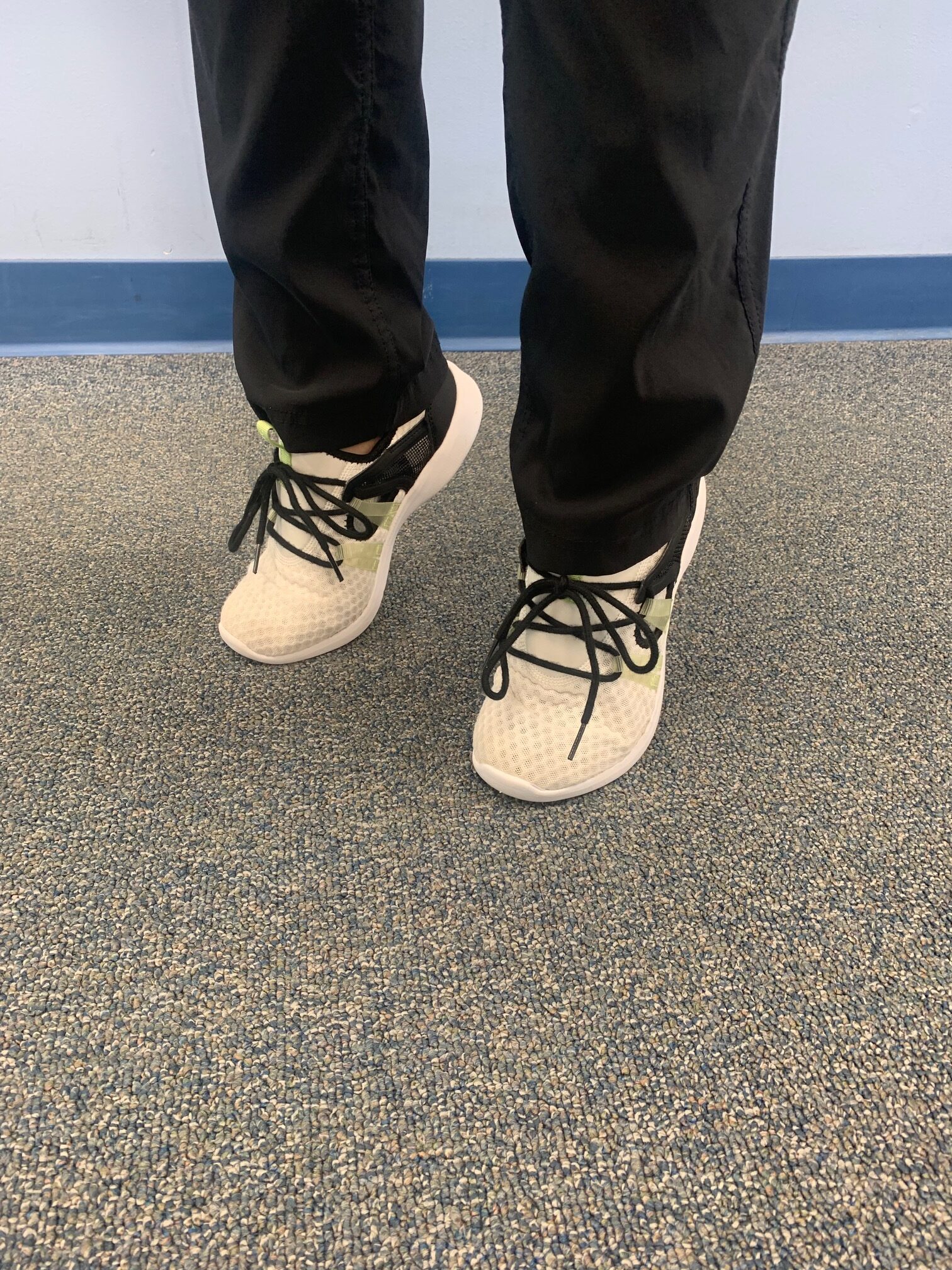
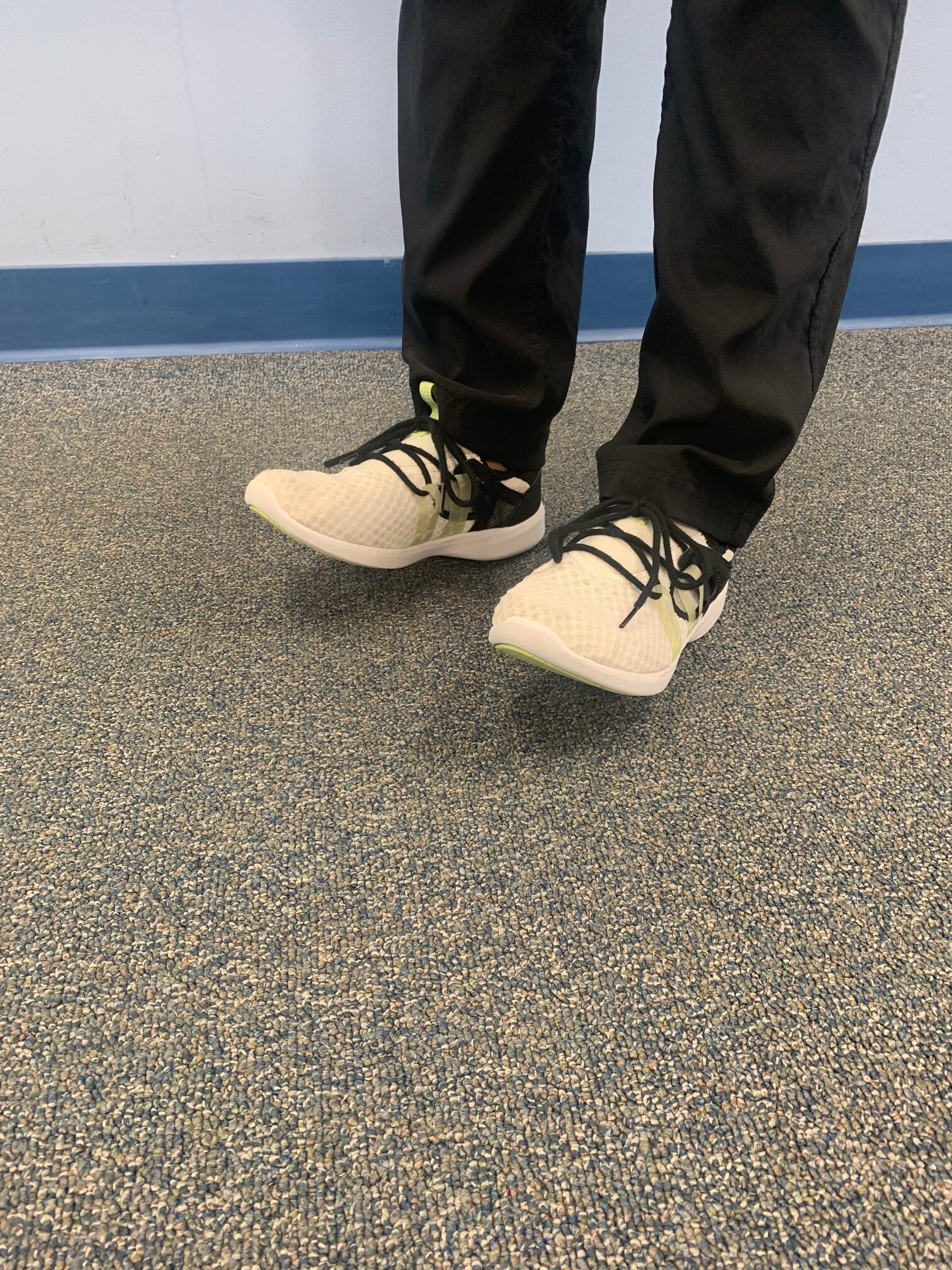
In addition to up and down, the inside and outside of our ankles are supported by our muscles. To strengthen the inner (arch side) muscles, we wrap a piece of elastic exercise band around our foot with the leg we want to work on crossed over the opposite leg. We’ll start by crossing the leg we want to exercise over the other leg. We wrap the exercise band across the arch so it is pulling the bottom of our foot outward. We then pull inward against the band in a slow, smooth movement. It is important to let the stretch off gradually and avoid letting it “snap back” to the start position.
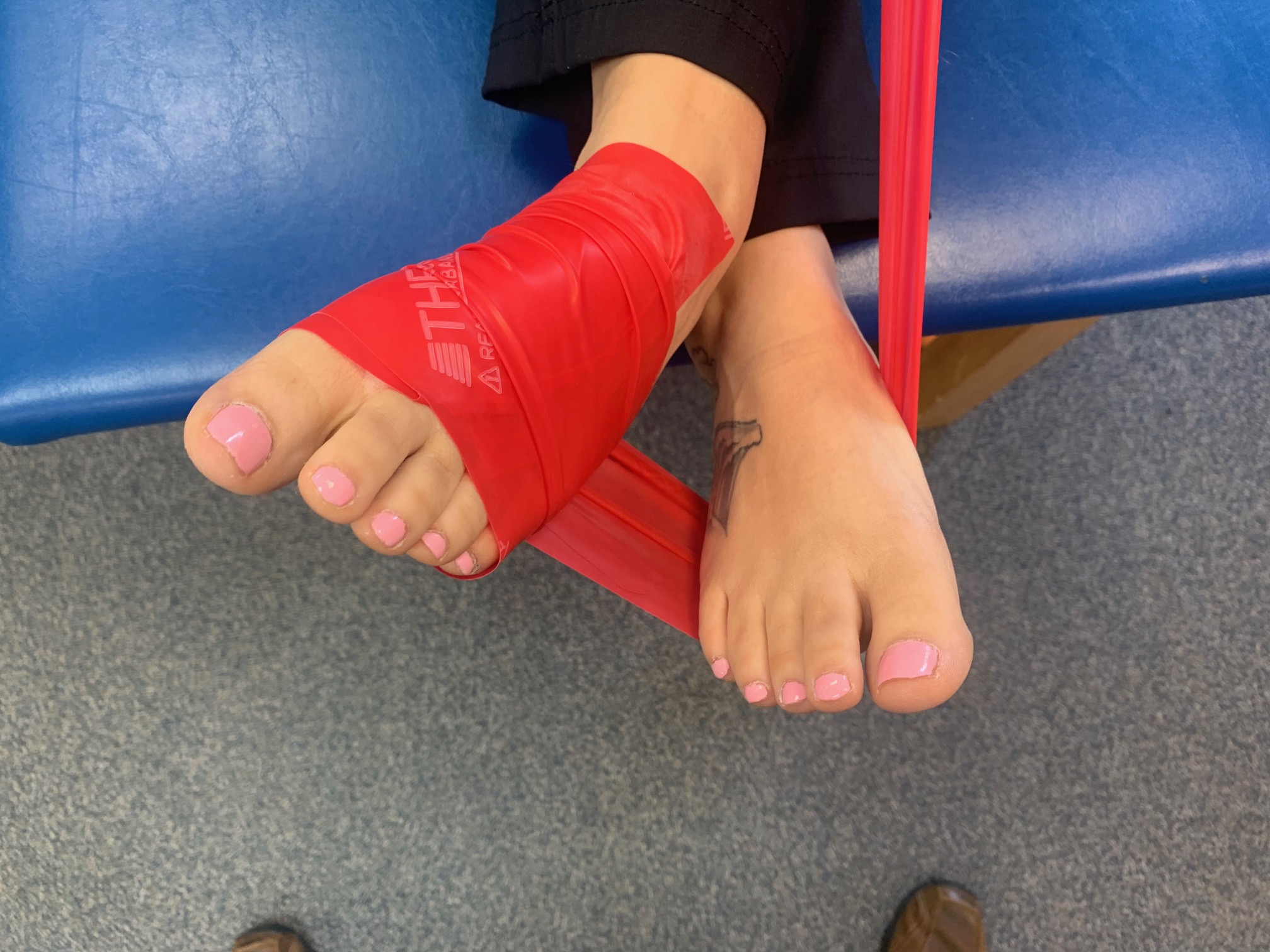
We can finish by strengthening the outer leg muscles. We wrap the band around the arch and forefoot region, then we pull the band inward under the arch and around the opposite foot. From this starting position we turn the sole of our foot outward and then return to the start position in a smooth and controlled manner. As with other strengthening exercises, do 10-15 repetitions per set and do 3 sets.
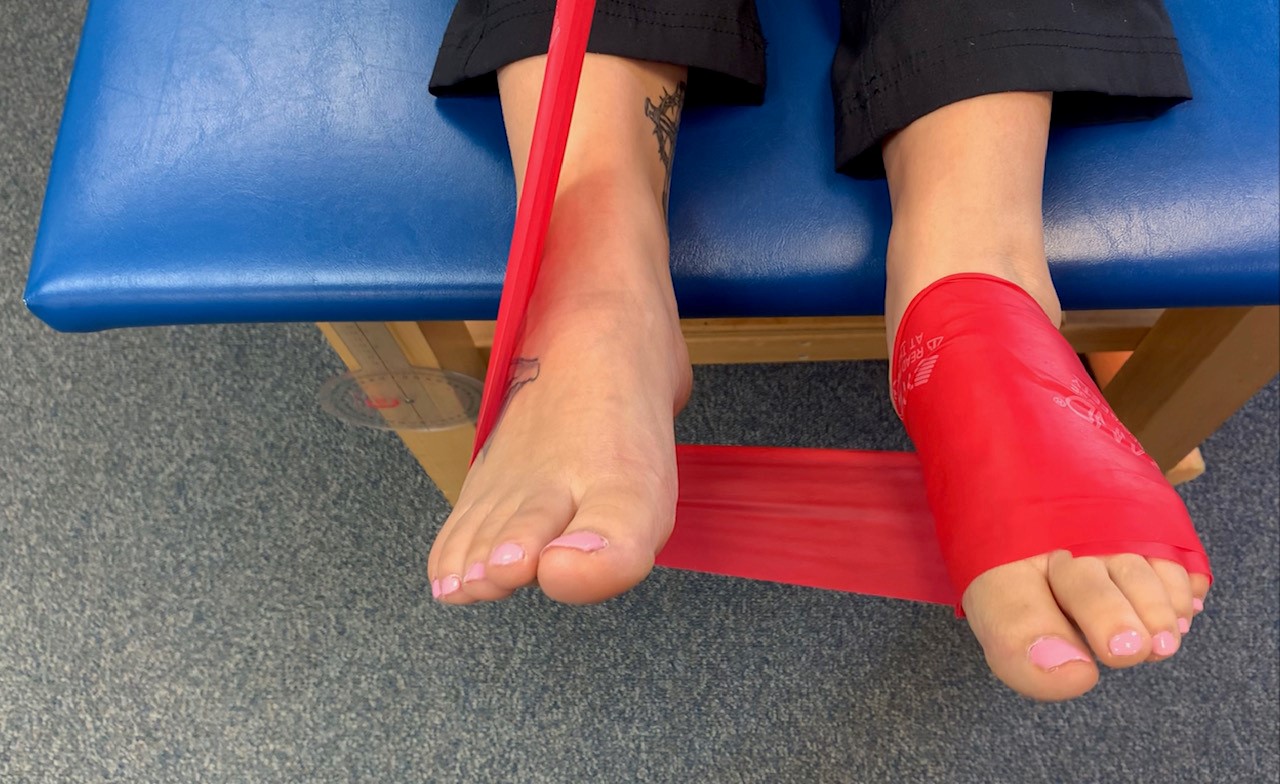
As we mentioned to begin, we need to do some preventative maintenance to enjoy good foot health. If you follow these simple tips, in a matter of weeks you should find that your legs and feet are looking better and feeling great.

Leave a Reply